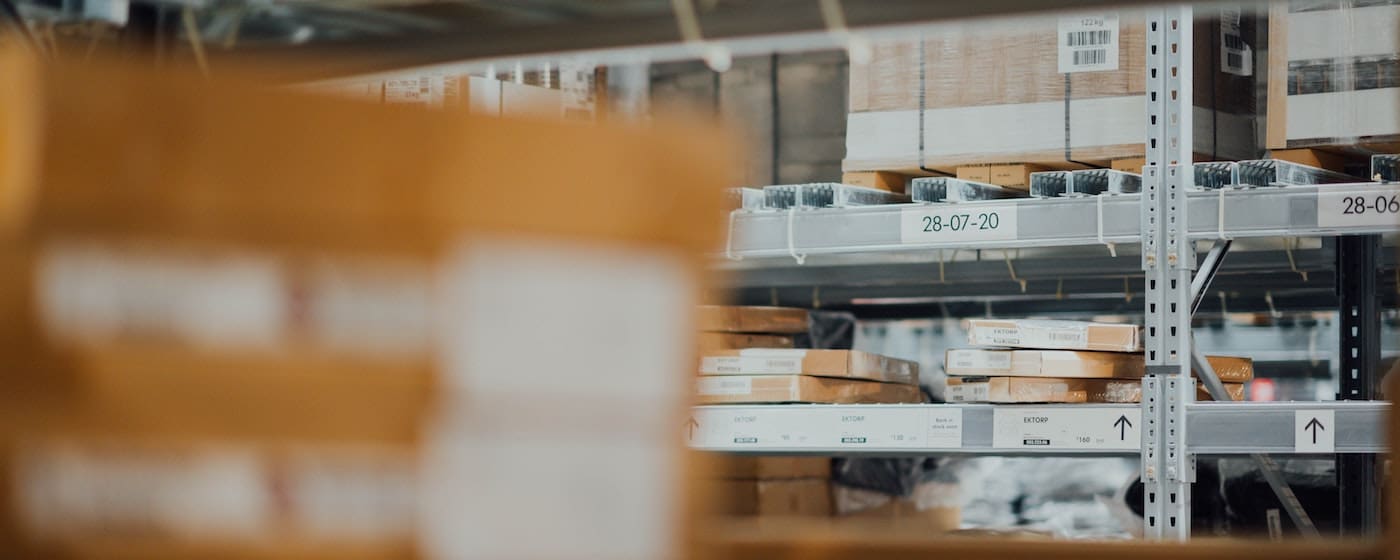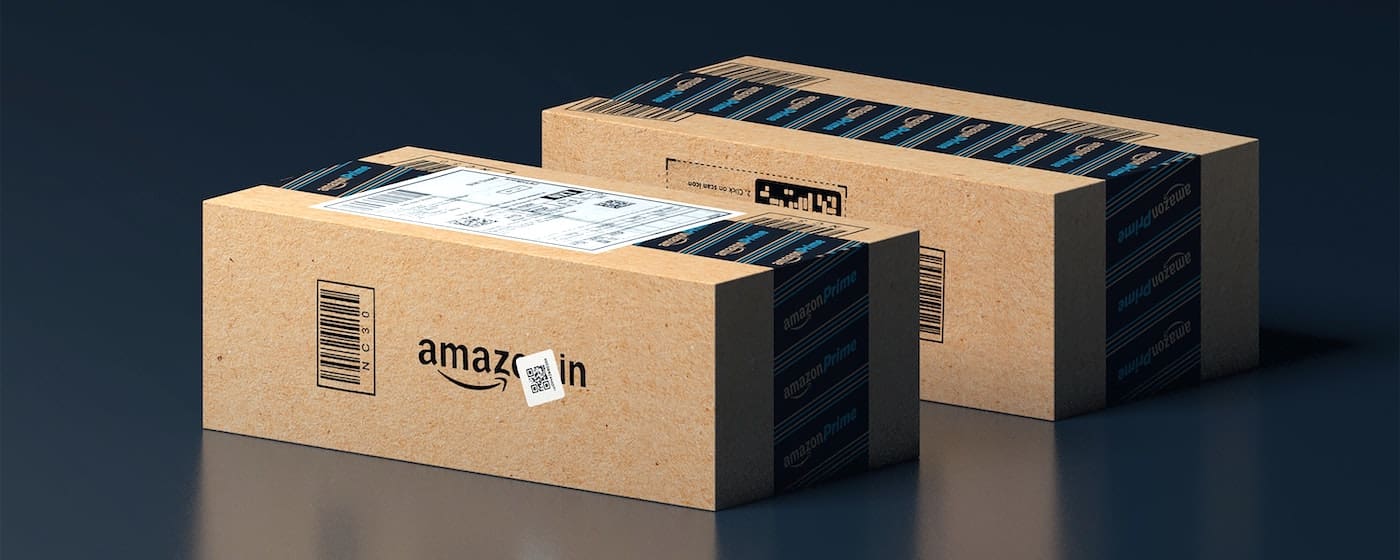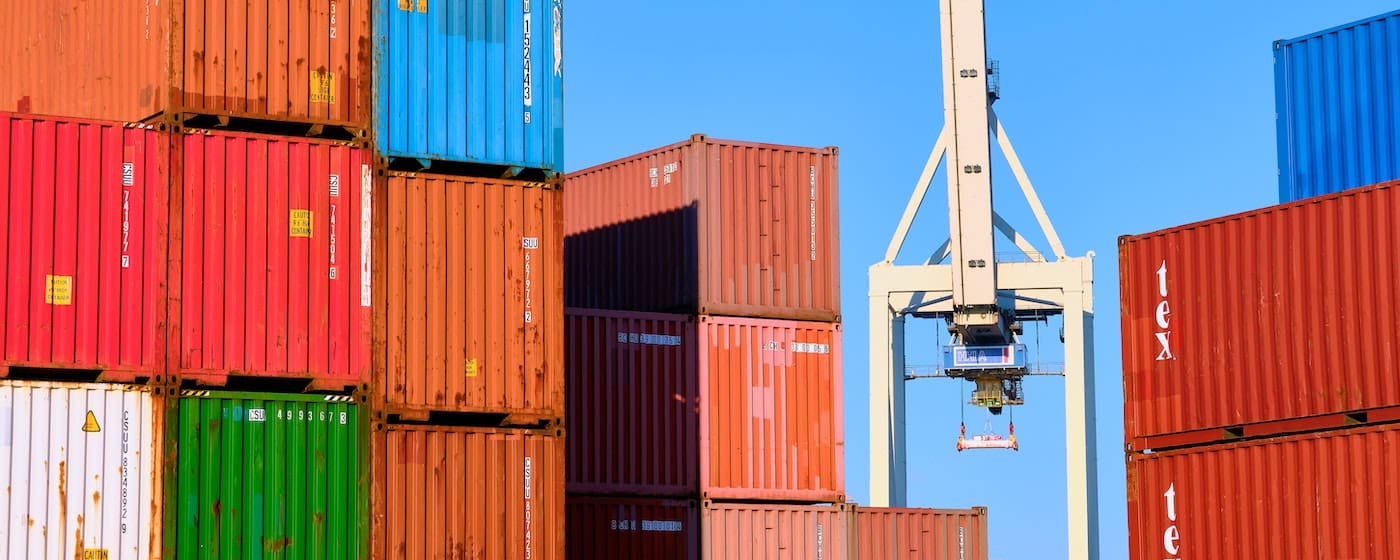Table of Contents
** Minutes
Why is my package stuck in customs?
Who is at fault for customs delays (and how can I prevent them)?
How do I resolve a customs delay?
No one likes seeing the dreaded message about their package being detained by customs. Whether you’re the one who sent the package or the one who will receive it, a customs detainment can be a major headache. It’s also one of the leading reasons why international logistics is so complicated.
Now you’ll have to follow up and try to get it released by completing the necessary paperwork or paying the necessary fees. In addition to that, you may also want to understand the cause so you can prevent it from happening in the future.
That’s exactly what this post aims to address. In this guide, we help you understand why packages get stuck in customs, how you can get them out, and how you can prevent it from happening again. Let’s dig in.
Why is my package stuck in customs?
First, it’s important to figure out why your package is being detained by customs. This will help you come up with a course of action that makes sense. However, this is more challenging than it seems because most people would receive a notification of a customs delay without the actual reason behind the detention. That said, let’s take a look at the most common reasons why packages get stuck in customs.
Poorly completed paperwork
Missing or incorrect paperwork is one of the leading causes of a customs detainment. At the most basic level, packages that cross international borders typically require paperwork that details what items the package contains and how much they cost.
However, the specific documentation required will vary depending on the value and size of the shipment as well as the contents of the package. Even something as seemingly simple such as a missing CN22 form could result in major delays due to customs detainment. Similarly, a missing number or incorrect letter in the recipient’s address could cause such delays as well. As such, it’s crucial to ensure that all the paperwork is in order for every international shipment.
Outstanding fees & taxes
Another common reason for a customs detainment is if there are outstanding taxes and fees. Most countries will charge you import duties and taxes for shipments that exceed a certain value. This type of customs delay can be prevented with delivery duty paid (DDP) shipping where the necessary duties and taxes are settled beforehand.
In the case of commercial shipments, merchants may also use bonded warehouses until they’re ready to pay the necessary duties and fees. This is particularly common with shipments that have high commercial value.
Dangerous or prohibited goods
Finally, the least desired reason for a customs delay is a shipment that contains items that are either prohibited, hazardous, or considered dangerous. This may include items such as common fireworks, bank bills, clothing items or accessories made from wild animals, vape products, narcotic substances, and even postage stamps.
Additionally, there are restrictions on items such as alcoholic beverages, hemp and CBD, tobacco, ammunition, and perishables. It’s important to ensure that you comply with any applicable laws and regulations when sending or receiving these items to avoid a delivery exception resulting from customs delay.
Who is at fault for customs delays (and how can I prevent them)?
Customs delays can happen for a number of reasons, with possible oversights and errors coming from all involved parties. Either way, it almost always falls to the sender or receiver to clear up these issues so the package can get released by customs.
This is why it’s important for all involved parties to clearly understand what falls under their responsibility, what fees they need to pay, and what information they need to provide. Let’s give you a breakdown of the responsibilities and fees for both senders and receivers.
Sender responsibilities & fees
Usually, the sender is responsible for the following:
- Packing shipments according to applicable regulations
- Generating shipping labels that contain all the necessary and correct information such as tracking barcodes, names and addresses, item weight, ship date, etc.
- Including a commercial invoice containing all the necessary information such as the sender’s address and contact information as well as the correct item value
- Ensuring details like harmonized tariff codes and addresses are entered correctly
- Generating a packing list indicating the number of items in your shipment
- Including a customs declaration form with items and item values accurately described
- Paying necessary taxes
Receiver responsibilities & fees
On the other hand, the receiver is responsible for the following:
- Ensuring that they’ve correctly entered their names and addresses
- Paying for necessary import duties and shipping charges
- Providing necessary proof of address and identity documents when applicable
- Providing other relevant documents such as purchase orders, industrial licenses, insurance certificates, etc. when applicable (usually for commercial imports)
How do I resolve a customs delay?
Now it’s time to address the most important concern–how you can resolve a customs delay and ensure that the package gets released for final delivery. Here are a few actionable steps you can take toward getting your shipment released by customs.
Understand that the customs process takes time
First of all, it’s important to understand that not all customs holds are because of an issue with the shipment. Customs processes tend to take time in most countries, often requiring several days to complete. This is particularly apparent when you opt for a slower shipping method such as airmail.
Shipments will typically be inspected by customs to ensure that the contents match what is being declared and the value of the goods is also declared correctly. There’s not much you can do to speed up these customs inspections so it’s often the best idea to wait. To help you better understand a typical customs process, let’s give you a breakdown of the usual steps involved.
- At the first stage of the process, a customs officer will validate your shipment paperwork to ensure everything’s in order. This is when any missing, incomplete, or incorrect paperwork is identified and flagged. Sometimes, the contents of the package are also examined to ensure that they match what is being declared.
- Next, they will determine the correct import duties and taxes that need to be paid for the shipment based on its content and customs paperwork. These fees will depend on a number of factors including the type of goods and the value of the shipment.
The import regulations in the country of receipt will also be used to assess the correct fees. Ecommerce merchants can use laws such as Section 321 to speed up customs clearance and bypass duties and taxes for low-value items. In most cases, import duties are charged on items that exceed a certain value. Fees are then calculated based on the percentage assigned for the relevant item category.
In the U.S., for example, goods with a value exceeding $800 are subject to import duties and taxes. The amount to be paid is decided based on the country from where the goods are being sent. Often, the amount will range between 0 and 37.5% but is typically around 5.63%. However, a flat rate of 3% is charged for all ecommerce purchases that exceed the import tax threshold limit. - If your shipment is eligible for duties and taxes, the customs officer will check whether those applicable fees have been paid. Customs will then request additional or missing payments as applicable.
For items shipped through delivery duty paid shipping, the process moves quickly from here. More often than not, they’ll instantly get cleared by customs and move on to the next stage of the delivery process. This is why utilizing this shipping option is often the best idea if you’re selling to international customers.
When shipping with delivery duty unpaid (DDU), on the other hand, customs will forward the package to a customs broker, who will then collect the applicable fees. Your package will remain with customs until the applicable duties and taxes are cleared. - Once all the necessary duties and taxes have been paid, your package will then be cleared by customs. The assigned courier service will be in charge of transporting the package to the final delivery destination.
Reach out to your 3PL provider or shipping carrier to confirm the delay
If your shipment is taking too long to get cleared by customs, you can reach out to your 3PL provider or shipping carrier to confirm whether it’s actually on customs hold. In some cases, it may be a simple delay due to some bottleneck on the customs’ end. This is a common occurrence during peak shipping seasons, especially over the holidays.
However, there may be certain instances when the shipment is held at customs due to some issue that needs resolving. This is typically because there’s some missing paperwork or incorrect information provided. It could also be because of outstanding duties and taxes.
Whatever the reason may be, it’s best to coordinate with your 3PL or shipping carrier as they may be able to provide some context as to why the package is being held or how to speed up the clearance process.
Double-check your copy of paperwork
Your shipping carrier may not always be able to tell you why customs is holding your package. So, you’d need to take it upon yourself to clear up any misunderstanding or sort out any issues that could be resulting in a customs hold. Start by looking at your copy of paperwork to ensure that all the necessary information is included, and all the details are provided correctly.
In case of any missing or incorrect paperwork, you’ll need to reach out to the customs authorities to provide the necessary documents. If you’re certain that your paperwork is in order, consider reaching out to the customer. Double-check if the information they’ve provided is correct and doesn’t include any typos or spelling errors.
Wait for updates and fulfill any missing duties (if applicable)
Once you’ve ensured that everything’s in order or provided customs with the necessary documents, you just need to hold tight and wait. You’ll be notified by customs or a customs broker about any applicable or additional fees that need to be paid.
Make sure these are paid in full so that the customs hold can be removed from your package. Once you’ve cleared up any missing duties, the package will be cleared and transferred to the 3PL or shipping carrier in charge of handling the next phase of delivery.
Stack the odds in your favor with ShipBob
According to DHL, 80% of customs delays are caused by incorrect or missing documentation. This may be due to incomplete information, missing consignee details, or poorly written product descriptions. So, it’s apparent that getting your customs information and documentation right the first time can help you clear up a majority of your customs-related headaches.
As such, you can mitigate the risk of packages getting stuck in customs by partnering with a 3PL experienced in international shipping and logistics such as ShipBob.
For starters, the ShipBob proprietary software lets you add customs info and tariff codes to each SKU. From the Customs Information panel, you can enter all the crucial information for each item including the tariff code, item value, and description. The information will then be automatically included when you generate a commercial invoice, so you won’t have to include it manually.
Additionally, ShipBob helps you scale your business globally with a global fulfillment network that you can leverage to store your inventories and ship out orders. Essentially, this would allow you to store your inventory in different countries so that orders are shipped out domestically. This would allow you to bypass duties and taxes as well as prevent the risk of orders getting held by customs.
Get started with ShipBob
If you’re ready to scale your business internationally, connect with ShipBob for international shipping and global fulfillment.
FAQs
Here are answers to the top questions people have about packages getting stuck in customs.
Is it possible that my package is stuck in customs?
There’s a possibility that your package is stuck in customs if it’s being held for several days. Consider checking with your 3PL or shipping carrier for confirmation.
Have customs lost my package?
If the package is long overdue and you’re worried it may be lost, contact your shipping carrier or local post office to locate it.
Will my package be detained for long?
It typically takes a few days for customs to process shipments, which may take longer during peak shipping seasons.
What do I do if my package gets stuck in customs?
If you think your package is stuck in customs, contact your shipping carrier to confirm whether it’s really stuck. Next, you might need to sort out your paperwork or pay missing duties and taxes depending on what the customs update says,
Why is my package stuck in customs?
Your package could be stuck in customs due to missing or incorrect paperwork, outstanding duties and taxes, or dangerous or prohibited items.
Why do some packages get stuck in customs?
Missing or incorrect paperwork, outstanding duties and taxes, or dangerous or prohibited items are the main reasons why packages get stuck in customs.
Will customs open my package?
Customs will sometimes open packages to inspect the contents and ensure that they match what is listed in the declaration form.



